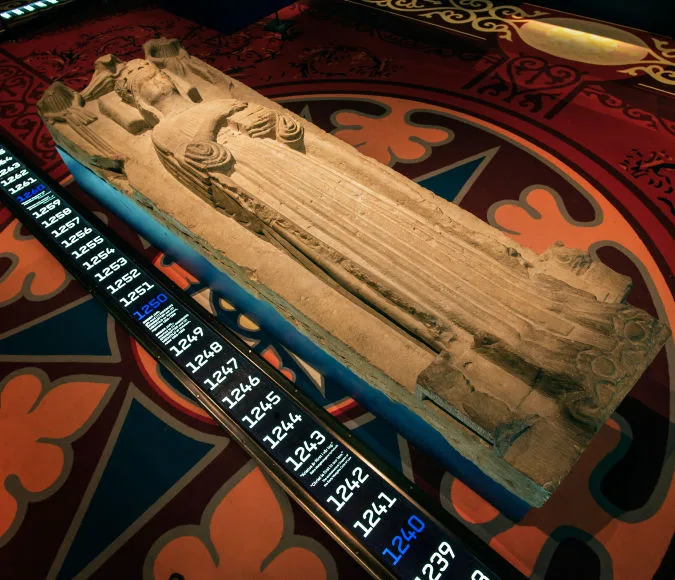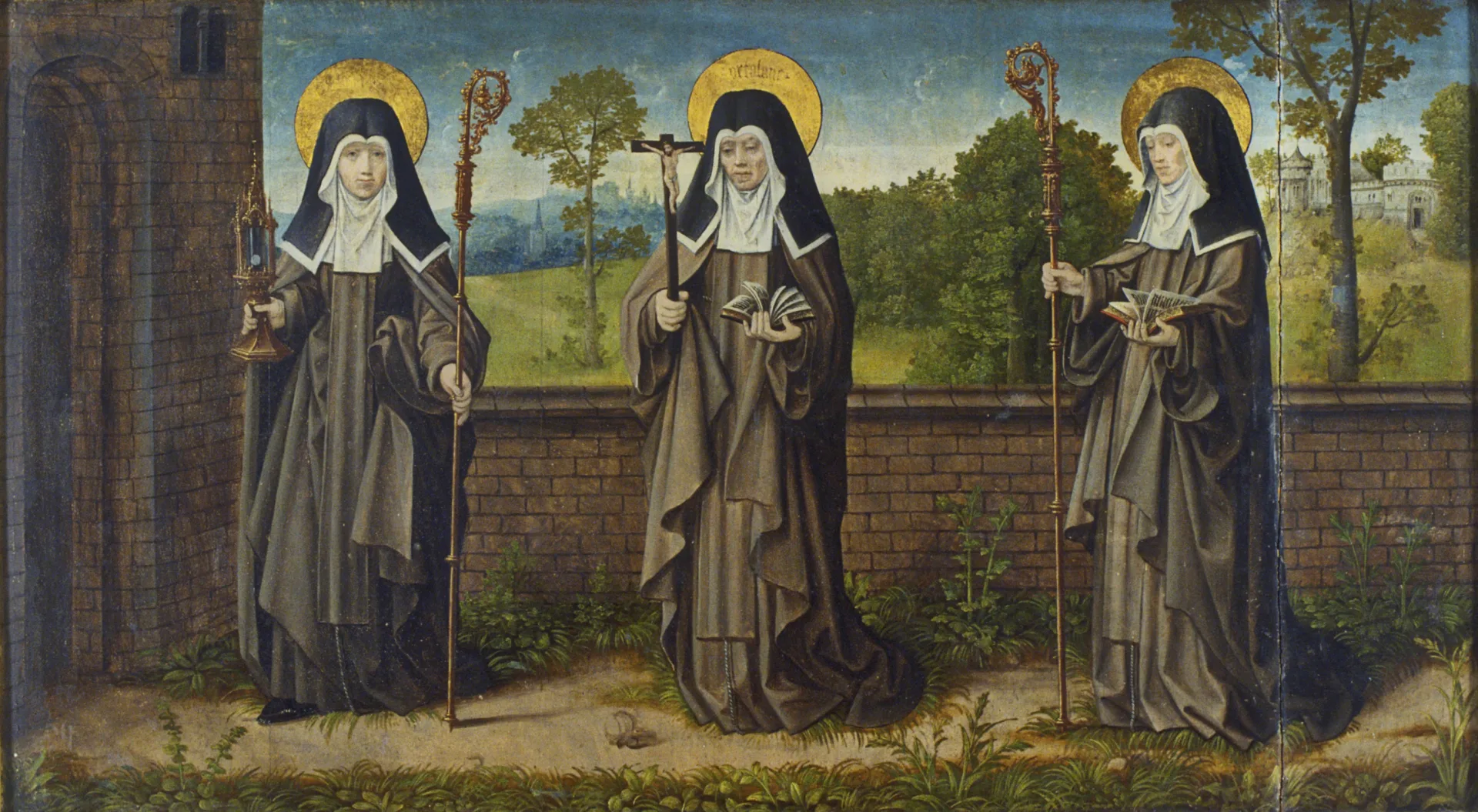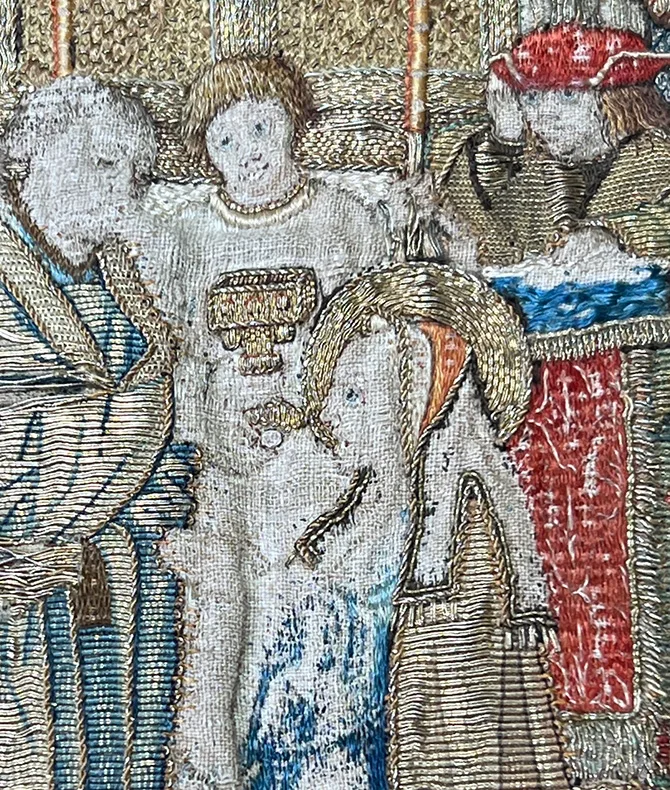Queen Margaret and the Union of Kalmar
Viking Age
AD 800 – AD 1100
Middle Ages
AD 1050 – AD 1520
Modern Age
AD 1520 – AD 2025
During the 14th century, Sweden had been marked by power struggles between various kings and nobles, and the country suffered from both civil wars and famines. In 1389, the Swedish nobles had grown tired of King Albert and asked Queen Margaret I of Denmark and Norway for assistance.
The Swedish nobles had had enough of Albert’s “Germanization”. Turning to Margaret was, in many ways, a return to the old Nordic dynasties that had ruled before Albert of Mecklenburg seized power. Margaret not only ruled Denmark as the daughter of the well-known King Valdemar Atterdag, but she had also been married to Magnus Eriksson’s son Håkon and at that time ruled Norway as well.
After her father’s death, Margaret had secured power over Denmark, and after Håkon’s death, she ruled Norway in the name of their underage son, Olav. Olav, however, died at the age of 17 in 1387.
Margaret sent troops against Sweden, and in a battle at Falköping, Albert and his German allies were defeated by forces from Denmark-Norway and Swedish nobles. Margaret became queen of Sweden as well.
Margaret wanted the Scandinavian countries to remain a single kingdom, but she had no heirs. Although her grandnephew Eric of Pomerania suceeded her, Margaret effectively ruled Scandinavia until her death in 1412.

The Union of Kalmar
In 1397, Margaret called a meeting between the three nations in Kalmar. After four weeks of negotiations, they agreed to create a Scandinavian union: the Kalmar Union. Margaret’s grandnephew, Eric of Pomerania, was crowned as the joint king. German influence was halted, at least for the time being.
The Swedish nobles had hoped that the Kalmar Union would mean a weak monarchy, limited by the laws of the different kingdoms. While the Union was to be ruled by a common king, each kingdom would retain its own laws and customs. Margaret’s ambitions, however, were different. During her reign, royal power was strengthened at the expense of the Swedish nobles, including through extra taxes. Further conflicts arose when Margaret granted lucrative positions, such as castles and fiefs, to Danes and her loyal supporters rather than the old Swedish aristocracy. The Swedish nobles saw their own power diminish while “upstarts” loyal to Margaret were appointed as castle lords.
These conflicts shaped the Kalmar Union even after Margaret’s death in 1412. The 15th century became a period of violent conflicts, uprisings, and revolts. At several points, Sweden broke away from the Kalmar Union to remain independent during periods of the 1400s. However, the end of the Kalmar Union did not come until the early 16th century.
Queen Margaret's gold dress
At the Swedish History Museum, you can see a replica of Queen Margaret’s gold dress, which may have been worn by her at her marriage to King Håkon of Norway. Both the original and the replica are made of gilded silver threads woven together with an underlying wine-red thread. The result is a magnificent dress that exudes wealth and power.





